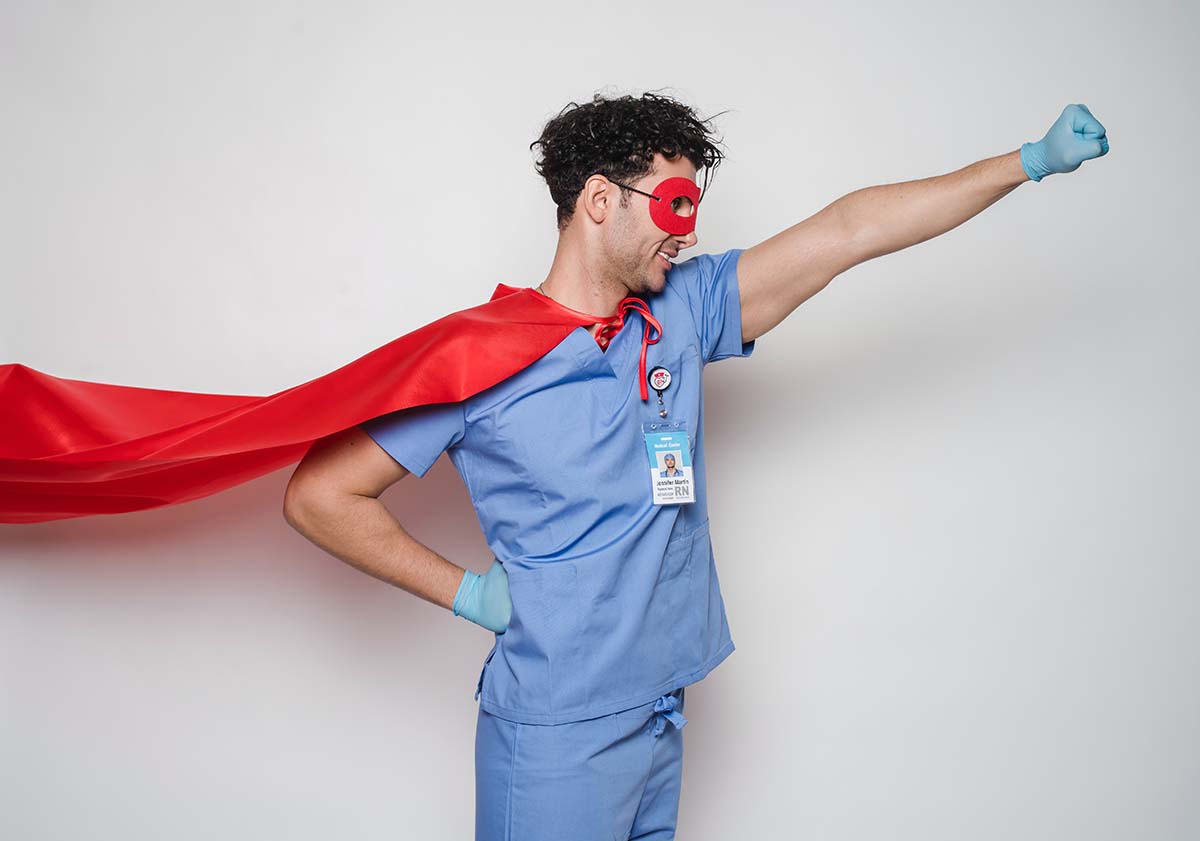
ADB safety compared to other methods
A key advantage for PathogenFocus Air Disinfection Biosecurity (patent pending) units is safety (when used as per manufacturer's guidelines). Operation requires no storage, handling, and disposal of dangerous chemicals and involves no hazardous gases or irradiation - resulting in no disruption of daily operations. ADB is designed and engineered for use in occupied spaces - which is often where you need us the most. From a safety perspective, how does ADB compare to some other popular methods of pathogen elimination?
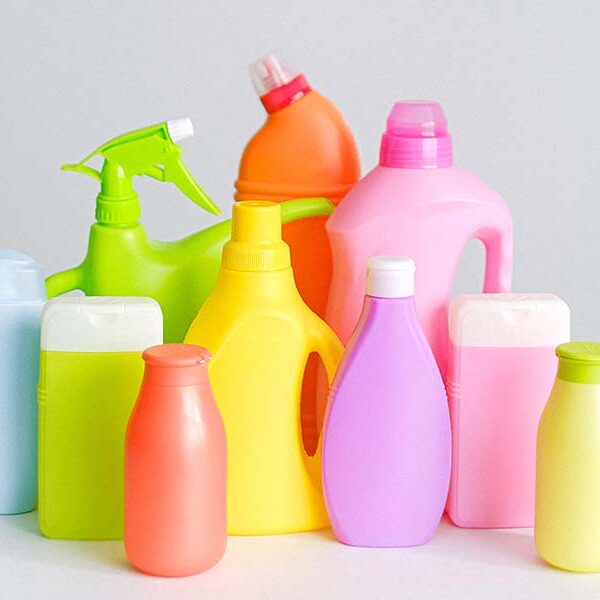
CHEMICALS
- Abrasive, caustic. Dangerous to skin and eyes
- Imperfect - humans miss spots, air and surfaces can remain unclean
- Does not address potential spread between cleanings - must continuously, manually clean
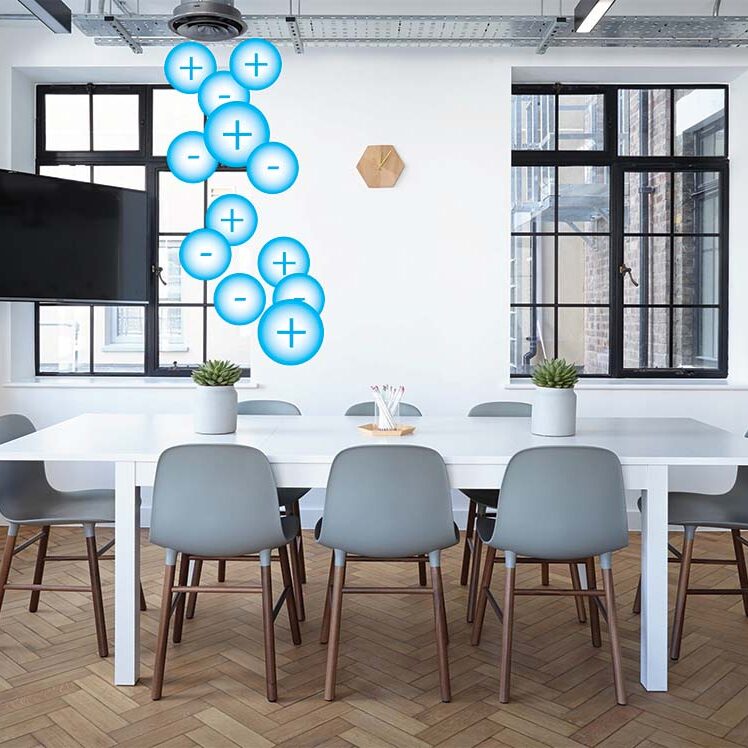
BIPOLAR IONIZATION
- Questionable efficacy
- Recent lawsuits are raising concerns that there is a possibility of hazardous by-products
- Environmental Protection Agency has cautioned against its use (source)

UVC (ULTRAVIOLET)
- 254nm UVC light can damage skin and eyes
- Limited to line of sight. Obstructed areas receive less dosage
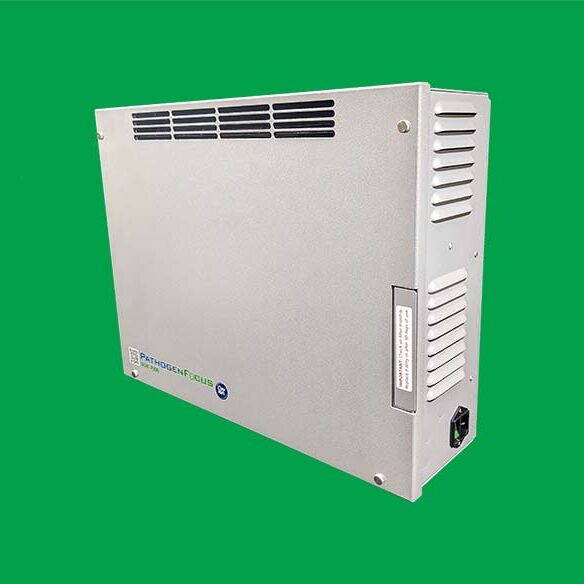
ADB
- Continuous disinfection in occupied spaces
- No added chemicals required
- Can reach the hard-to-reach areas - not limited to line-of-sight
- Effective for both surfaces and air
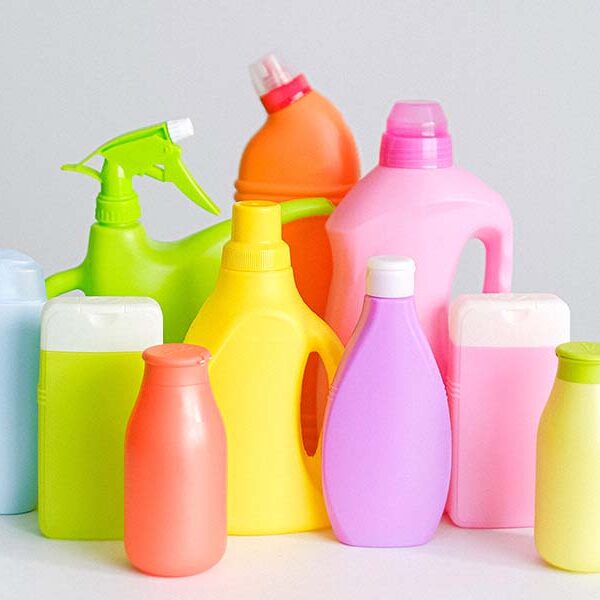
CHEMICALS
- Abrasive, caustic. Dangerous to skin and eyes
- Imperfect - humans miss spots, air and surfaces can remain unclean
- Does not address potential spread between cleanings - must continuously, manually clean
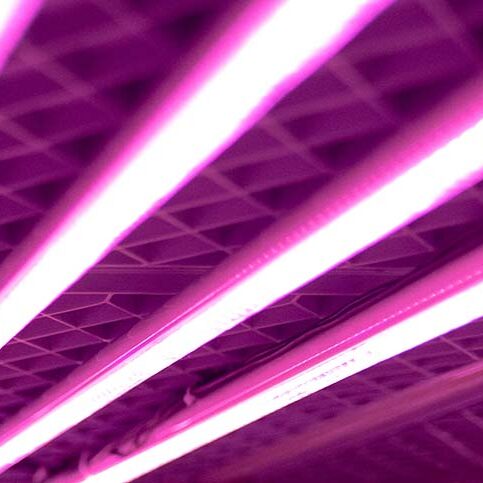
UVC (ULTRAVIOLET)
- 254nm UVC light can damage skin and eyes
- Limited to line of sight. Obstructed areas receive less dosage
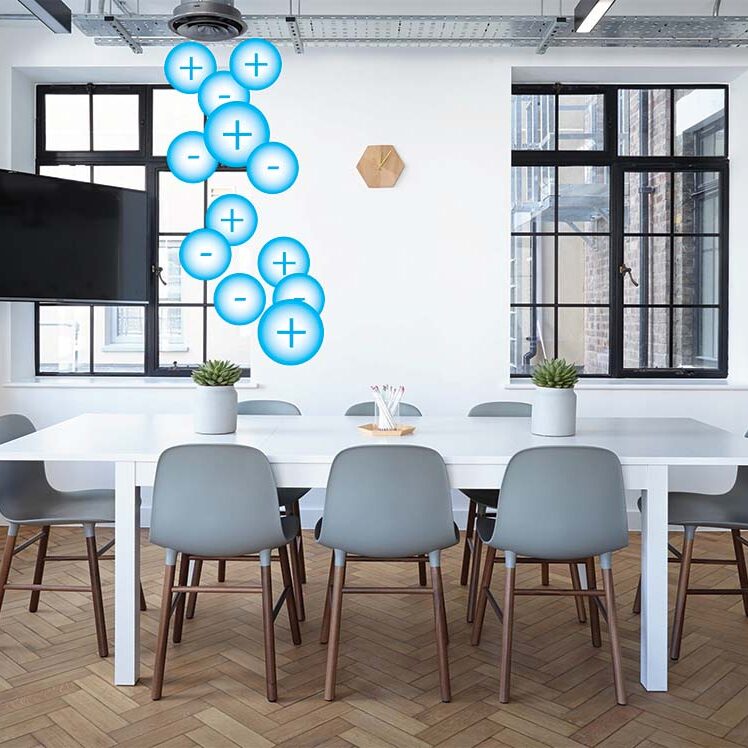
BIPOLAR IONIZATION
- Questionable efficacy
- Recent lawsuits are raising concerns that there is a possibility of hazardous by-products
- Environmental Protection Agency has cautioned against its use (source)
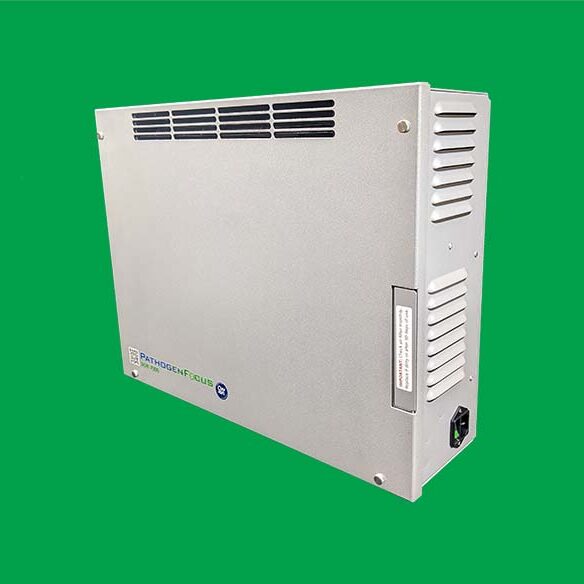
ADB
- Continuous disinfection in occupied spaces
- No added chemicals required
- Can reach the hard-to-reach areas - not limited to line-of-sight
- Effective for both surfaces and air
Extensive Validation
ADB has supporting evaluation documentation from the USDA Food Safety Lab, the Kansas State Food Science Institute, Universidad de Chile, INIA, and many other independent laboratories and real-world facilities.
Certifications & Safety Evaluations:
- Complies with the State of California’s testing, electrical safety, and ozone requirements specified in Title 17, California Code of Regulations, subchapter 8.7 “Indoor Air Cleaning Devices”
- Report# 105546458CRT-001 - Verified Zero Ozone: Conforms to UL 2998 (3rd Edition, July 10, 2020) clause 6.2, emittance of ozone not exceeding a concentration of 0.005 ppm
- UL 867 - ANSI/UL 867:2011/R: 2021-08
- TÜV SÜD - UL 60335-1:2016 | CSA C22.2 No. 60335-1:2016
- WSDA Organic Input Material Registration certified to comply with the applicable sections of 7 CFR 205 for the purposes: Sanitizers, Disinfectants with no restrictions
- Halal Standards Compliance - Islamic Services of America (ISA)
- Eurofins (no harmful by-products generated)
- Blue Heaven Technologies
- CE (European Communion electrical safety)
